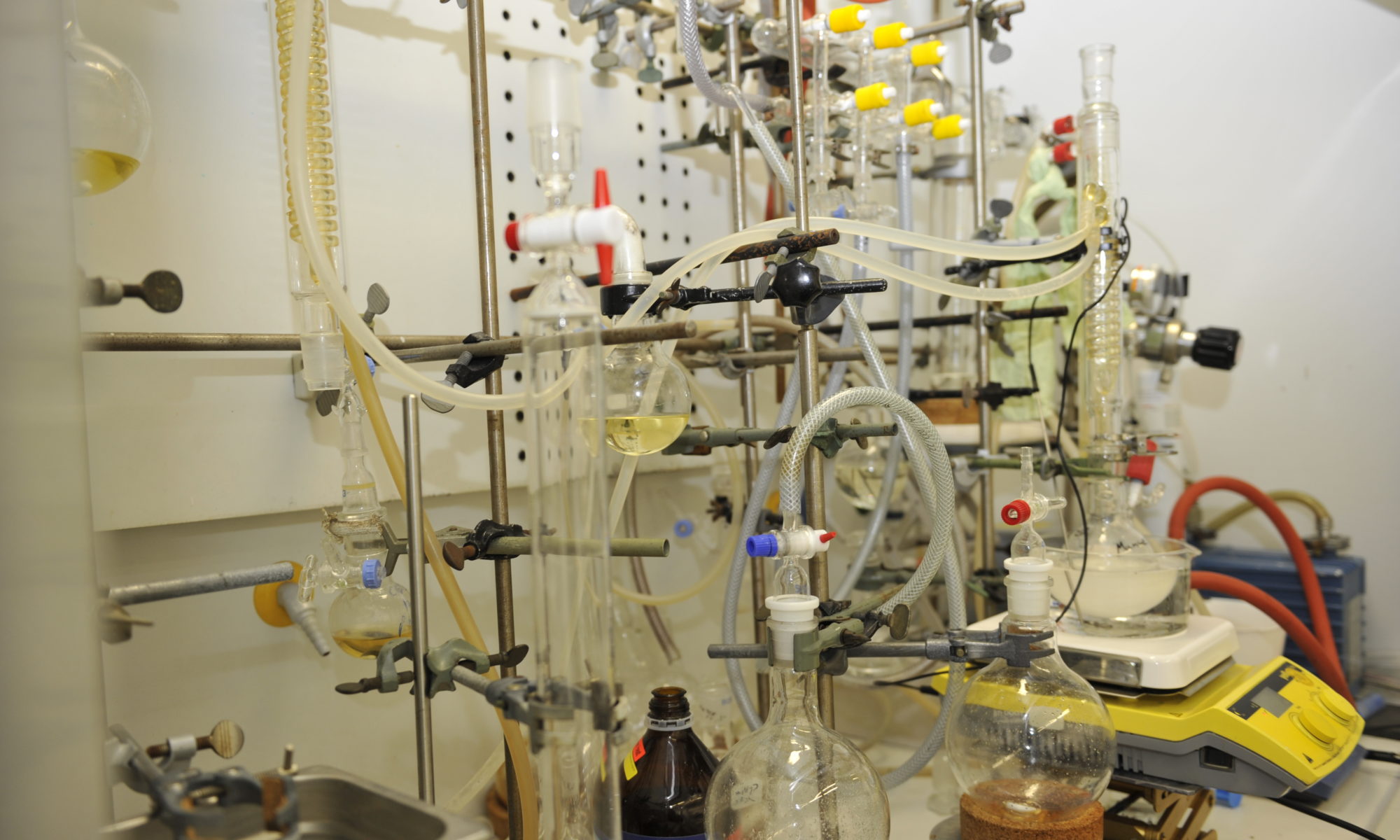Domestic and commercial cooling and refrigeration is responsible for 17% of the global electric energy consumption. It is estimated that by 2030 13% of the global greenhouse gas emissions will be due to cooling and refrigeration, if current revolutionary technology is adopted. Traditional compressor based cooling systems are limited in their efficiency by the vapor-cycle process to about 40% of the Carnot limit. With respect to cooling, magnetic refrigeration is a transformational technology where 60% efficiency can be reached. Magnetic refrigeration relies on solid refrigerants made of materials exhibiting the magnetocaloric effect (MCE). In a MCE material the alignment of randomly oriented magnetic moments by an external magnetic field under adiabatic conditions results in heating. This heat can then be removed from the MCE material by heat transfer. Then, if the magnetic field is turned off, the magnetic moments randomize again, leading to a cooling of the material. With respect to clean energy and the environment, magnetic refrigeration offers multiple advantages over classical compressor technology. Magnetic refrigeration does not rely on environmentally hazardous refrigerants like fluoro- or chlorofluorocarbons, which are known to contribute to global warming. Magnetic refrigeration is also more energy efficient and the cooling power can be tuned from milli- to several hundred watts. In addition to that, magnetic refrigerators feature low maintenance, lower operational costs, lower noise emission (less than 35 db), lesser vibrations, higher safety, require less space, and thus put far less burden on the environment. Aside from home use, magnetic refrigerators are beneficial for application in the pharmaceutical, chemical, and food industries, for medicine and temperature-sensitive materials, food production, food storage, marine shipping and retailing, and air-conditioning. For an adoption of this technology, MCE materials that have excellent structural, mechanical and magnetic properties need to be developed. A powerful MCE is defined by its magnetic entropy change, -DSmag, representing its cooling capacity. The magnetic entropy change has a maximum near the magnetic transition and gradually decreases both below and above the Curie temperature. The adiabatic temperature change, DTa, defines the temperature regime of the refrigerator. The desired material needs to exhibit a high magnetic entropy and large adiabatic temperature change preferentially around the working temperature. Materials that simultaneously undergo a magnetic and structural transition are especially efficient. Aside from meeting this criteria, the target materials need to have good chemical and mechanical stability, be easy to manufacture and be cheap. A prominent class of magnetocaloric materials are the Gd5X4 (X = Si, Ge) alloys.

The isothermal magnetization of (Gd0.95Sc0.05)5Ge4 measured in the temperature range from 5 to 60 K.
Original, peer-reviewed research publications:
- Y. Mudryk, V. Smetana, V. Pecharsky, A.-V. Mudring, J. Liu, Anomalous effects of Sc substitution and processing on magnetism and structure of (Gd1-xScx)5Ge4, J. Magnet. Magnet. Mat. 2018, DOI: 10.1016/j.jmmm.2018.11.004.
- N. S. Sangeetha, V.K. Anand, E. Cuervo-Reyes, V. Smetana, A.-V. Mudring, D. C. Johnston, Enhanced moments of Eu in single crystals of the metallic helical antiferromagnet EuCo{2-y}As2, Phys. Rev. B. 2018, 97, 144403. DOI: https://doi.org/10.1103/PhysRevB.97.144403. Editor’s suggestion.
- V. Smetana, Y. Mudryk, V. K. Pecharsky,A.-V. Mudring, Controlling Magnetism via Transition Metal Exchange in the Series of Intermetallics Eu(T1,T2)5In (T = Cu, Ag, Au), J. Mat. Chem. C 2018, 6, 1353-1362. DOI: 10.1039/C7TC04964A. Cover image.
- N. S. Sangeetha, V. Smetana, A.-V. Mudring, D. C. Johnston, Antiferromagnetism in semiconducting SrMn2Sb2 and BaMn2Sb2 single crystals, Phys. Rev. B. 2018, 97, 014402. https://journals.aps.org/prb/abstract/10.1103/PhysRevB.97.014402
- N. S. Sangeetha, V. Smetana, A.-V. Mudring, D. C. Johnston, Anomalous Composition-Induced Crossover in the Magnetic Properties of the Itinerant-Electron Antiferromagnet Ca1−xSrxCo2−yAs2, Phys. Rev. Lett. 2017, 119, 257203. DOI:https://doi.org/10.1103/ PhysRevLett.119.257203
- I. Bigun, S. Steinberg,V. Smetana, Y. Mudryk, Y. Kalychak, L. Havela, V.K. Pecharsky, A.-V. Mudring, Magnetocaloric Behavior in Ternary Europium Indides EuT5In: Probing the Design Capability of First-Principles-Based Methods on the Multifaceted Magnetic Materials, Chem. Mat. 2017, 29, 2599-2614. DOI: 10.1021/acs.chemmater.6b04782.
- I. Bigun, V. Smetana, Y. Mudryk, I. Hlova, M. Dzevenko, L. Havela, Y. Kalychak, V. Pecharsky, A.-V. Mudring, EuNi5InH1.5-x (x = 0–1.5): Hydrogen Induced Structural and Magnetic Transitions, J. Chem. Mat. 2017, 5, 2994-3006. DOI: 10.1039/C7TC00121E.
- A. Provino, N.S. Sangeetha, S.K. Dhar, V. Smetana, K.A. Gschneidner Jr., V.K. Pecharsky, P. Manfrinetti, A.-V. Mudring, New R3Pd5 Compounds (R = Sc, Y, Gd–Lu): Formation and Stability, Crystal Structure, and Antiferromagnetism, Cryst. Growth Des. 2016, 16, 6001–6015. DOI: 10.1021/acs.cgd.6b01045
- A. Provino, V. Smetana, D. Paudyal, K.A. Gschneidner Jr., A.-V. Mudring, V.K. Pecharsky, P. Manfrinetti, M. Putti, Gd3Ni2 and Gd3CoxNi2−x: magnetism and unexpected Co/Ni crystallographic ordering, J. Mat. Chem. C, 2016, 4, 6078-6089. DOI: 10.1039/C6TC01035K.
